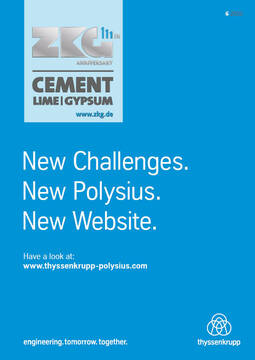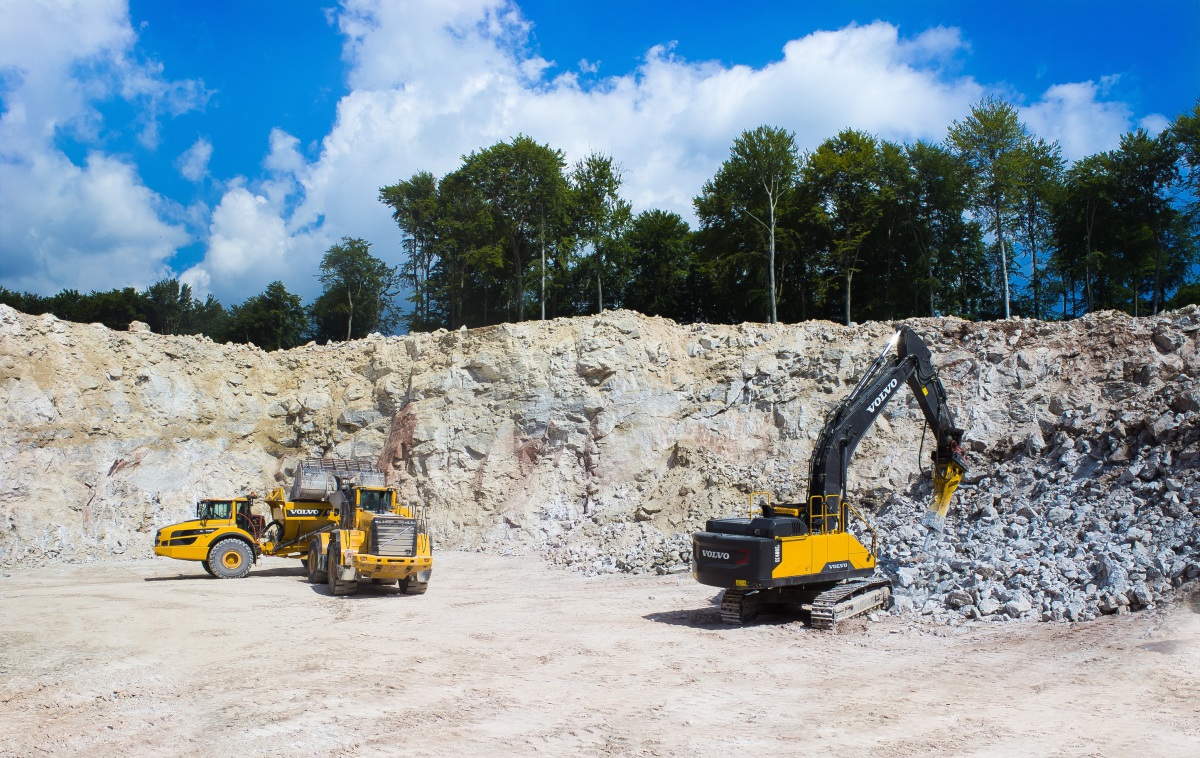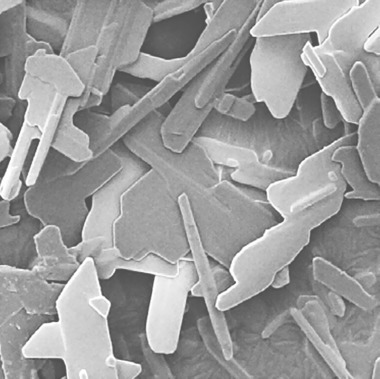Gypsum industry welcomes stocktaking by the Conference of Economics Ministers
The report on the inventory of existing natural gypsum deposits and gypsum raw material areas already secured by state planning in Germany presented at the last Conference of Economics Ministers on June 30/July 1 provides for the first time a reliable basis for shedding light on the gypsum supply situation. For this purpose, the responsible Federal/State Committee on Soil Research (BLA-GEO) had the task of compiling a complete cadastre, and the report on the conference has now also been published. The German Gypsum Association welcomes the inventory, as it is now possible to make qualified decisions on necessary measures to ensure a sustainable supply of gypsum in Germany. This also creates a reliable medium- and long-term planning basis for the companies.
In this regard, the working group had stated in the report, among other things. “In the run-up to industrial use, the federal and state governments are called upon to advocate and actively support the exploration of new gypsum deposits. Only when usable deposits have been proven can it be weighed up whether priority should be given to sustainable, environmentally friendly, regional raw material extraction or exclusively to nature conservation concerns.”
Thomas Bremer, Chairman of the German Gypsum Industry Association, commented: “Domestic natural gypsum mining is indispensable! It is the most environmentally compatible and it ensures independence from other countries and influences. Anyone who wants to prevent this mining must clearly state that gypsum must be imported from elsewhere with a considerably worse ecological footprint.”
Now the necessary conclusions must be drawn from the stocktaking of the Conference of Economics Ministers, Bremer continued. Gypsum is imperative, he said, because it is used in all areas of life and will continue to be needed in the future. In terms of volume, the largest share of the products manufactured by the gypsum industry is consumed by the construction and building materials industry in the form of building plasters, gypsum boards, gypsum fiber boards, gypsum wallboards as well as flowing screeds and other screed materials. The cement industry is another important customer. But gypsum is also urgently needed in other areas. These include, for example: Civil engineering, road and street construction, the pharmaceutical industry, the fertilizer industry, the chemical industry, the paint, paper, plastics and cosmetics industries, the food industry, environmental technology, agriculture and the dental industry.
The report presented also makes it clear that there will be no real alternatives to natural gypsum in large quantities for the foreseeable future. In the case of gypsum recycling, for example, there are still unresolved issues regarding the small number of suitable recycling plants, the separation of gypsum from construction waste and the limits of harmful substances, especially asbestos. Synthetic gypsum is also repeatedly brought into play as a substitute for natural gypsum. However, no phosphogypsum is currently produced in Germany. Moreover, the acceptance of products made from radioactive phosphogypsum as a starting raw material in the gypsum industry and, above all, among the general public is more than questionable.
Background
According to current plans, the last lignite-fired power plants are to be shut down in 2038. This means that FGD gypsum, which is so important for the gypsum industry and is produced during the desulfurization of flue gases from coal-fired power plants, will no longer be available in the future.
In 2020, the Conference of Economics Ministers therefore asked the Federal/State Committee on Soil Research (BLA-GEO) to draw up a Germany-wide inventory of existing natural gypsum deposits and gypsum raw material areas secured by state planning. This inventory is to serve the decision on necessary measures to ensure a sustainable supply of gypsum.





